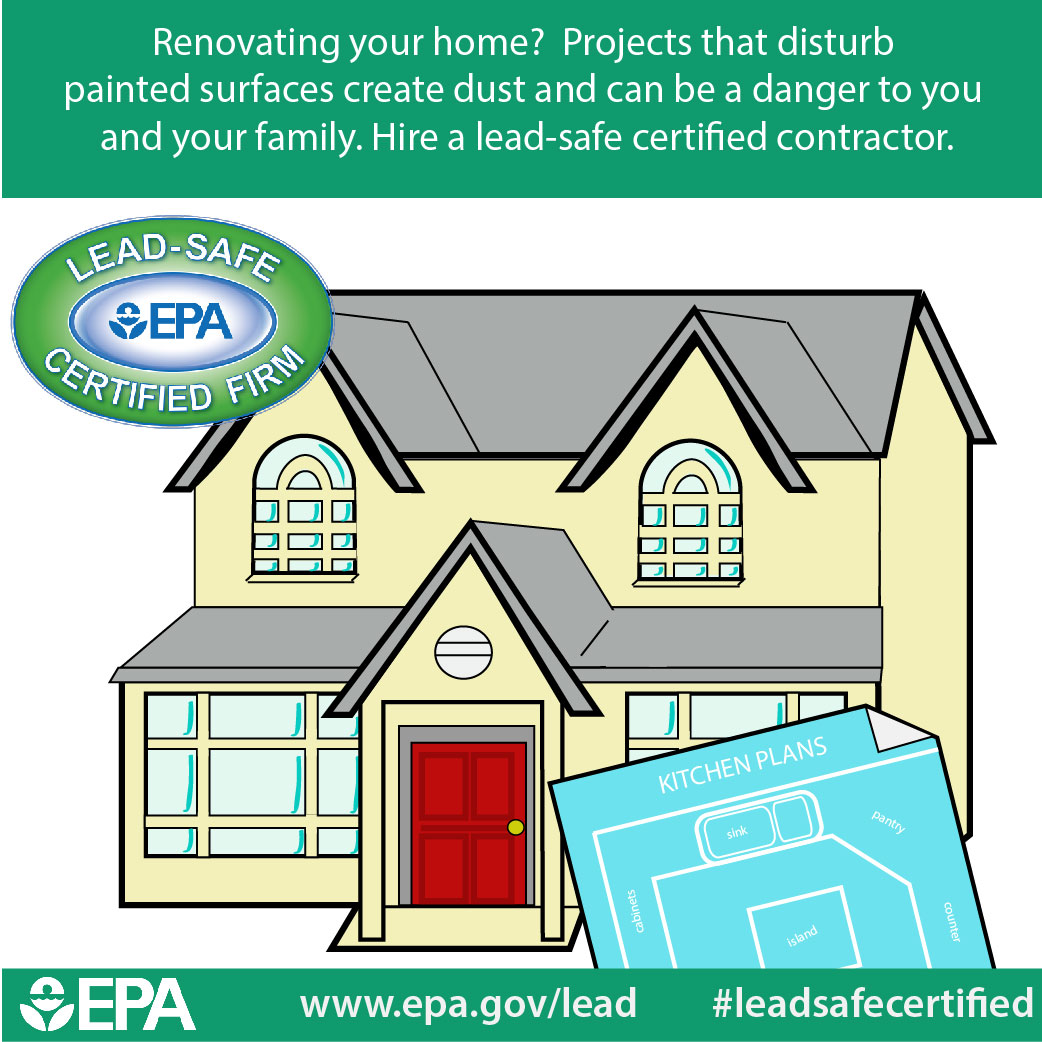Detailed Overview For Prepping Your Wall Surfaces Before Applying Paint
Detailed Overview For Prepping Your Wall Surfaces Before Applying Paint
Blog Article
Post By-Lyhne Dillard
When you're prepping your wall surfaces for paint, it's critical to adhere to a methodical process to make certain a remarkable coating. Begin by examining the wall for any damages; this action can make or damage your job. When you've identified any type of concerns, cleaning the surface properly is necessary, as an unclean wall surface can impact paint bond. Afterwards, you'll require to spot any kind of flaws and apply a primer. Yet there specify methods and tips that can elevate your prep work game-- let's check out those further to accomplish the most effective results.
Assessing Wall Problem
Before you order your paintbrush, take a minute to assess your wall surfaces' problem. Look for any type of noticeable damage like fractures, openings, or peeling paint. These blemishes can influence how the paint adheres and looks once it's completely dry. If you discover any type of substantial damages, you'll require to focus on repair work before diving into painting.
Look very closely at the structure of your wall surfaces. Is the surface area smooth, or is there appearance that might call for special consideration? Smooth walls normally call for much less prep, while textured surface areas might need even more time to repaint evenly.
Also, think about the previous paint work. If the old paint is shiny, it mightn't allow brand-new paint to stick properly. You'll need to know if your wall surfaces have actually been painted with oil-based or water-based paint, as this can impact your option of primer or paint.
Lastly, bear in mind of any moisture concerns. If you see signs of water damages or mold, address these issues instantly to avoid additional difficulties.
Cleaning the Surface
Once you've evaluated the condition of your walls, the next action is cleaning up the surface. Start by gathering your materials: a bucket, cozy water, a moderate cleaning agent, a sponge or fabric, and a scrub brush for tougher spots.
Begin on top edge of the wall surface and function your means down. Mix the cleaning agent with warm water in your pail, then dip the sponge or towel into the remedy. Wring it out to stay clear of extreme moisture on the wall surfaces.
As you clean, pay attention to locations that may've gathered dirt, grease, or finger prints. For stubborn spots, make use of the scrub brush carefully to stay clear of harming the paint below. Rinse your sponge or cloth regularly in clean water to prevent spreading out dust around.
After cleaning, https://painter-near-me54208.blogdosaga.com/33147655/the-relevance-of-weather-condition-in-commercial-exterior-painting-what-you-should-know to wipe the wall surfaces with a moist fabric to eliminate any type of soap residue. This action makes sure a smooth surface area for the brand-new paint to adhere to.
Permit the walls to dry entirely before going on to the following preparation actions. This extensive cleaning process will help develop a fresh canvas for your paint project, making sure the most effective results.
Patching and Priming
Patching and priming are critical action in preparing your wall surfaces for a fresh layer of paint. First, check your walls for any type of openings, splits, or flaws. Utilize a high-grade spackling compound or patching paste to fill these areas.
Apply painter oklahoma with a putty knife, smoothing it out so it's flush with the bordering surface area. Permit it to completely dry entirely, and after that sand it gently till it's smooth and also.
Once you've covered everything, it's time to prime. Guide assists secure the patched areas, making certain the paint adheres appropriately and gives an uniform coating. Pick a guide suitable for your wall kind and the paint you'll be using.
Use the primer utilizing a roller for larger locations and a brush for corners and edges. If painted fence art covered areas are substantially big or permeable, you could want to apply a second coat of guide after the initial one dries out.
After priming, allowed every little thing completely dry completely before carrying on to painting. This prep work will not only enhance the look of your walls however also lengthen the life of your paint task.
Take your time, and you'll be pleased with the results.
a knockout post
By following these simple actions, you can attain a smooth and expert finish on your walls. Beginning by evaluating their condition, then clean and patch any flaws prior to using guide. Remember to permit ample drying out time and guarantee whatever is smooth prior to you study painting. With the right preparation, you'll set the stage for an attractive transformation in your area. Currently, collect your products, breathe in the fresh air, and prepare to repaint!
